As the Market Falls, New Retirees Need a Plan
If you’re in the early stages of your retirement, you’re likely in a rough spot watching your portfolio shrink. We have some strategies to make the best of things.


Anyone newly retired or nearly so must feel like they have the worst timing in the world. A portfolio tends to be largest near retirement, just before those savings are about to be drawn down. These days, however, most portfolios have lost value; the S&P 500 is down about 20% so far this year.
The financial industry has a name for this scenario: sequence of return risk. “It matters most at retirement when you’re selling assets for income,” says Wade Pfau, a professor of retirement income at The American College of Financial Services in King of Prussia, Pa. “You need to sell a larger number of shares to get the same amount of money. Those shares are then gone so even if the market bounces back, your portfolio won’t recover as much.”
The newly retired are particularly vulnerable because they’re “relying on this pot of money to finance the next 20 to 30 years of their life,” says Amit Sinha, head of multi-asset design at Voya Investment Management in New York City.
From just $107.88 $24.99 for Kiplinger Personal Finance
Become a smarter, better informed investor. Subscribe from just $107.88 $24.99, plus get up to 4 Special Issues

Sign up for Kiplinger’s Free Newsletters
Profit and prosper with the best of expert advice on investing, taxes, retirement, personal finance and more - straight to your e-mail.
Profit and prosper with the best of expert advice - straight to your e-mail.
Sequence of return risk is less of a concern for someone further along in retirement because retirees typically shift to safer, more conservative investments and have fewer years to pay for. Plus, these investors may have benefited from portfolios boosted by strong returns early in retirement.
Similarly, if retirement is a decade or more away, what happens to markets today is mostly irrelevant. “You just allow the compounding to work for you and recover over those years,” says Sinha.
Someone retiring now, of course, doesn’t have that luxury. If this describes you, there are several things you can do to minimize the damage, but first, assess what it’s likely to mean for your portfolio long term.
Depending on how you react now, the damage may not be as bad or as lasting as you think.
Just How Bad Is It?
Sinha has run sequence of return risk simulations for every year dating back to 1977, including some of the worst years in recent memory when S&P 500 losses were even steeper than now: the financial crisis that began in 2007 (-51.93%), the dot-com crash (-36.77%) in 2000, and Black Monday in 1987 (-33.51%).
The key message investors should take away from his research? Don’t shift to an all-cash portfolio. He compared what those savings would look like if the investor had started retirement all in cash and stayed that way instead of maintaining a 40/60 portfolio of stocks and bonds. “Even for the worst scenarios of sequence risk, the portfolio with stocks and bonds would outperform staying in cash. In some cases, the first few years were pretty painful, but ultimately the investment portfolios always came out ahead,” Sinha says
For example, someone who retired right as the dot-com bubble burst would have had about 10% to 20% less in savings than the cash portfolio for the first five years of retirement. At that point, the two approaches broke even for a while. Then, at the 10-year mark, the investment portfolio started pulling away and by the 20th year of retirement was worth twice as much as the all-cash portfolio.
Sinha also calculated how long those savings would last after a sizable loss the first year of retirement, assuming an initial 4% withdrawal rate and a long-term annualized return of 5%.
“If your portfolio lost 25% of its value in year one, it should still safely last 40 years. Even if your portfolio lost 50%, it should last 18 years,” he says, adding that the odds of a one-year 50% drop are low for a balanced portfolio of stocks and bonds.
Markets eventually recover, and with them a balanced portfolio will, too. The average bear market lasts 289 days, according to the investing website Seeking Alpha, and some recoveries happen fast.
“The pandemic was a perfect example. Those who cashed out missed the sudden rebound,” says Pfau. In fact, Pfau suggests remembering just how strong returns were in 2021. “Markets did unusually well last year,” he says. “With this year’s drop, average returns are more in line with the annual 5% to 10% we expect, versus the more than 25% gain from last year. When you think of it that way, your portfolio performance might not be that far behind.”
Make Your Own Luck
If cashing out now is the worst thing you can do, what are some smart steps to take instead? Here are several strategies to minimize the damage from sequence of return risk and make your savings last.
Reduce your withdrawal rate. Financial theory predicts that you can withdraw 4% of your initial retirement portfolio and keep taking out that same amount each year without running out of money for 30 years, even after facing an initial loss. Someone who started withdrawing $40,000 a year from a million-dollar portfolio just before the bear market began theoretically could continue doing so now.
But if you want to play it safe, you could reduce how much you withdraw. For example, if your portfolio is now $800,000, you could take out just $32,000 a year, 4% of your remaining balance. Pfau suggests using a variable withdrawal strategy, taking out more in good investment years and less in bad ones. “When the market is down, you could have the attitude that I’ll spend less to take pressure off my portfolio.” Of course, living off of significantly less income might not be possible, but anything you can do to reduce your withdrawals leaves more of your portfolio intact for an eventual rebound.
Tap nonmarket assets. Pfau also suggests looking into your other assets, like borrowing the cash value from a life insurance policy or using a reverse mortgage to tap into your home equity, as alternative sources of income while the market is down. When the market recovers, he says it’s up to you whether you want to pay back those loans, depending on how much you want to leave heirs.
Further diversify your portfolio. Greater investment diversification could speed up how quickly your portfolio recovers. “If your stocks are all U.S. companies, perhaps add some international investments,” Sinha says. “That way you aren’t just relying on one bet—the U.S. economy recovering.”
Consider an annuity. For help offsetting market volatility, you could shift some of your portfolio to an annuity, which turns your payment into future income. Some annuities offer guaranteed payments for life that don’t change based on market returns. “Creating a source of income that isn’t market dependent can help reduce sequence of return risk,” says Dave Kloster, president of investment management at Thrivent in Minneapolis.
Pfau acknowledges that it might be harder to fund an annuity now if your portfolio took a hit. He says this strategy is worth considering if you still have the money to buy an annuity, or you could wait until after the next market rebound.
Invest conservatively at the start. This next strategy won’t help a new retiree now, but it’s something to remember if you plan to retire at some future date after the market has recovered. Because portfolios are most vulnerable to sequence of return risk in the early years of retirement, Pfau suggests investing far more cautiously at this stage: “Instead of the typical 60/40 stock-bond mix, consider starting with 30/70.” He says that you should gradually increase the stock percentage back to 60/40 within the first decade of retirement. “This strategy is meant to avoid the worst-case scenario of a big loss when your portfolio is largest.”
Delay retirement. If you haven’t retired yet and can keep working, you could wait for your portfolio to recover. You would avoid spending down your savings at a low point and could invest some of your earnings now at bargain prices. Review your plan. In stressful times, it’s worth asking a financial expert to assess your retirement plan. “A well-designed plan should be able to handle volatility in the markets,” Kloster says.
The discussion might leave you feeling more comfortable about the numbers and how your plan should hold up over time. “This won’t be the only period of contraction in our lives,” he says. “You need to feel confident in your strategy to avoid making major changes based on market conditions, like selling low and buying high,” he says. “Find an acceptable level of risk and remember it’s impossible to time the markets.”
Profit and prosper with the best of Kiplinger's advice on investing, taxes, retirement, personal finance and much more. Delivered daily. Enter your email in the box and click Sign Me Up.

David is a financial freelance writer based out of Delaware. He specializes in making investing, insurance and retirement planning understandable. He has been published in Kiplinger, Forbes and U.S. News, and also writes for clients like American Express, LendingTree and Prudential. He is currently Treasurer for the Financial Writers Society.
Before becoming a writer, David was an insurance salesman and registered representative for New York Life. During that time, he passed both the Series 6 and CFP exams. David graduated from McGill University with degrees in Economics and Finance where he was also captain of the varsity tennis team.
-
 How to Leave Different Amounts to Adult Children Without Causing a Rift
How to Leave Different Amounts to Adult Children Without Causing a RiftHere’s how to leave different amounts to adult children without causing a family rift.
-
 My Retirement Learning Curve, 1 Year In
My Retirement Learning Curve, 1 Year InA retiree checks in with what they wish they knew early on and what they've changed about their plan one year in.
-
 Introducing Your CD's Edgier Cousin: The Market-Linked CD
Introducing Your CD's Edgier Cousin: The Market-Linked CDTraditional CDs are a safe option for savers, but they don't always beat inflation. Should you try their counterparts, market-linked CDs, for better returns?
-
 'Humbug!' Say Consumers, Despite Hot GDP: Stock Market Today
'Humbug!' Say Consumers, Despite Hot GDP: Stock Market Today"The stock market is not the economy," they say, but both things are up. Yet one survey says people are still feeling down in the middle of this complex season.
-
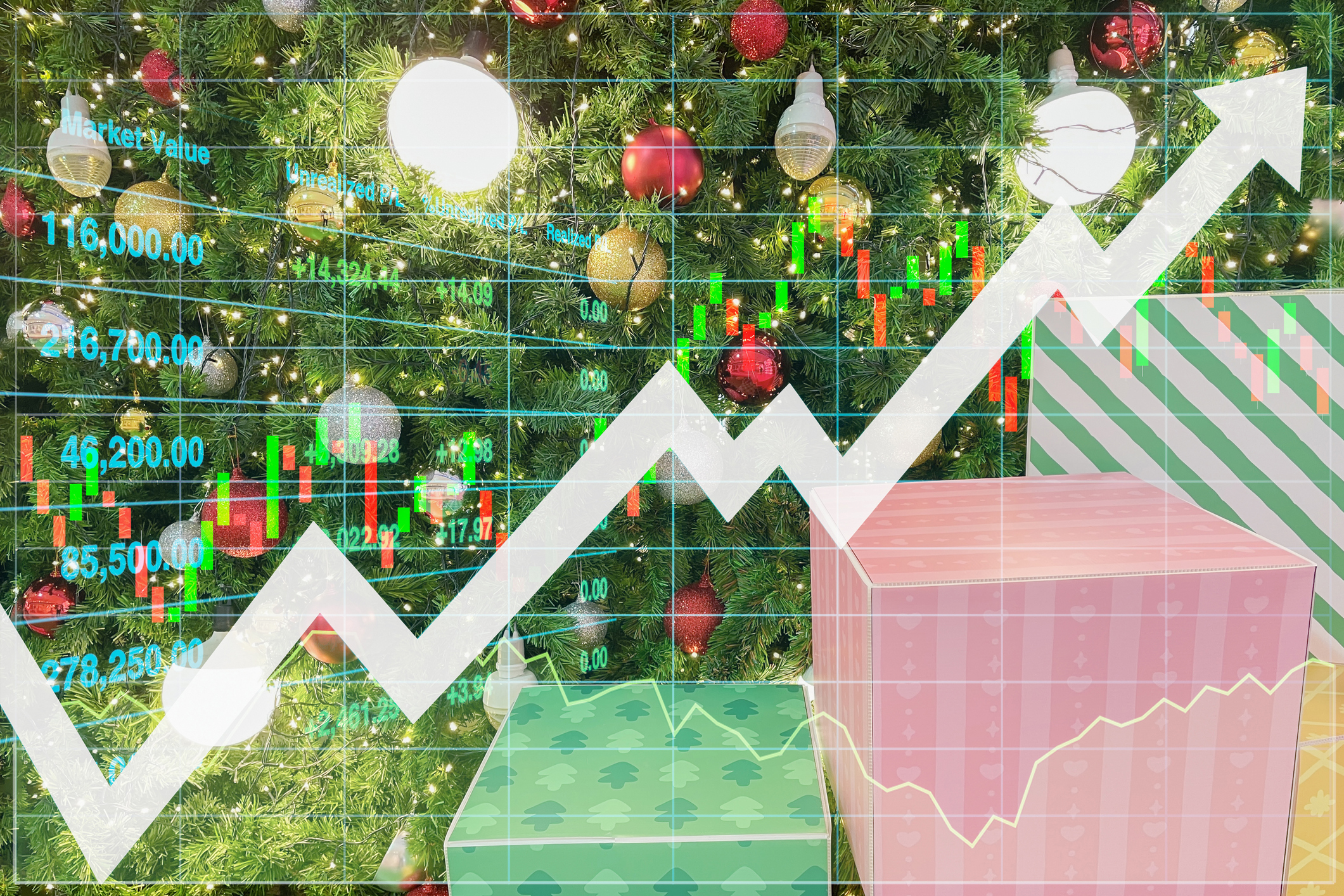 Stocks Rise to the Spirit of the Season: Stock Market Today
Stocks Rise to the Spirit of the Season: Stock Market TodayInvestors, traders and speculators are beginning to like the looks of a potential year-end rally.
-
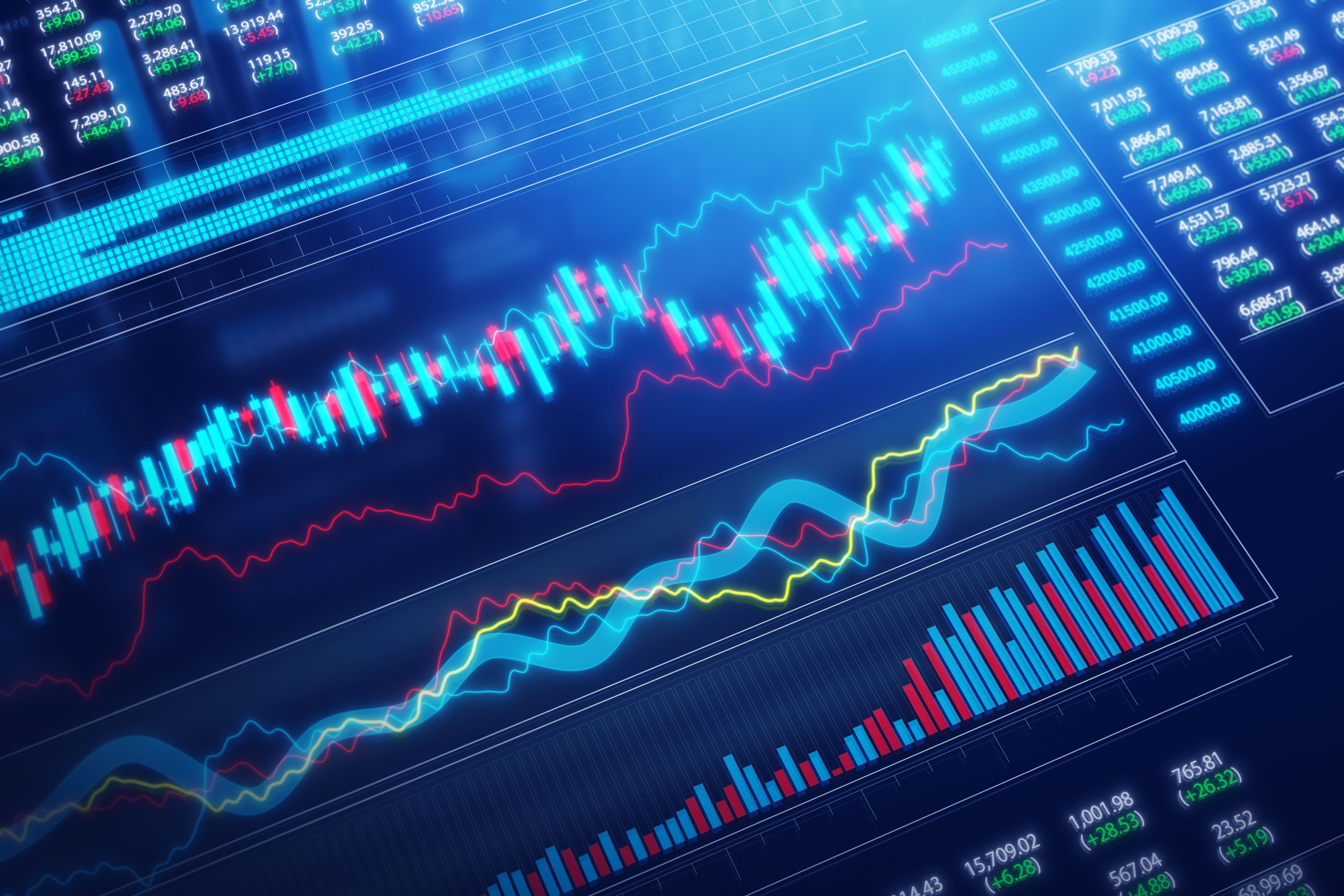 Nasdaq Leads as Tech Stages Late-Week Comeback: Stock Market Today
Nasdaq Leads as Tech Stages Late-Week Comeback: Stock Market TodayOracle stock boosted the tech sector on Friday after the company became co-owner of TikTok's U.S. operations.
-
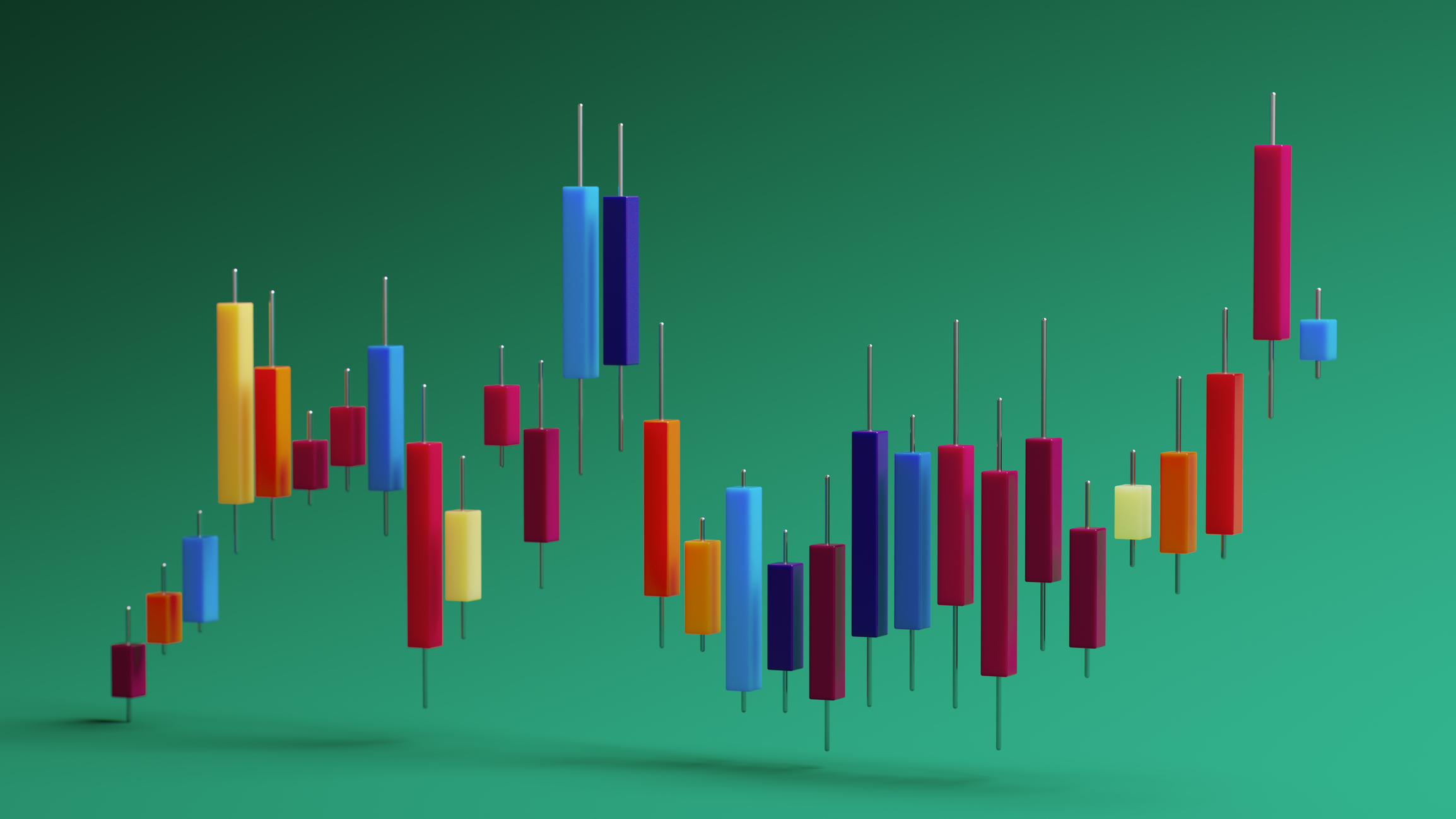 Cooler Inflation Supports a Relief Rally: Stock Market Today
Cooler Inflation Supports a Relief Rally: Stock Market TodayInvestors, traders and speculators welcome much-better-than-hoped-for core CPI data on top of optimism-renewing AI earnings.
-
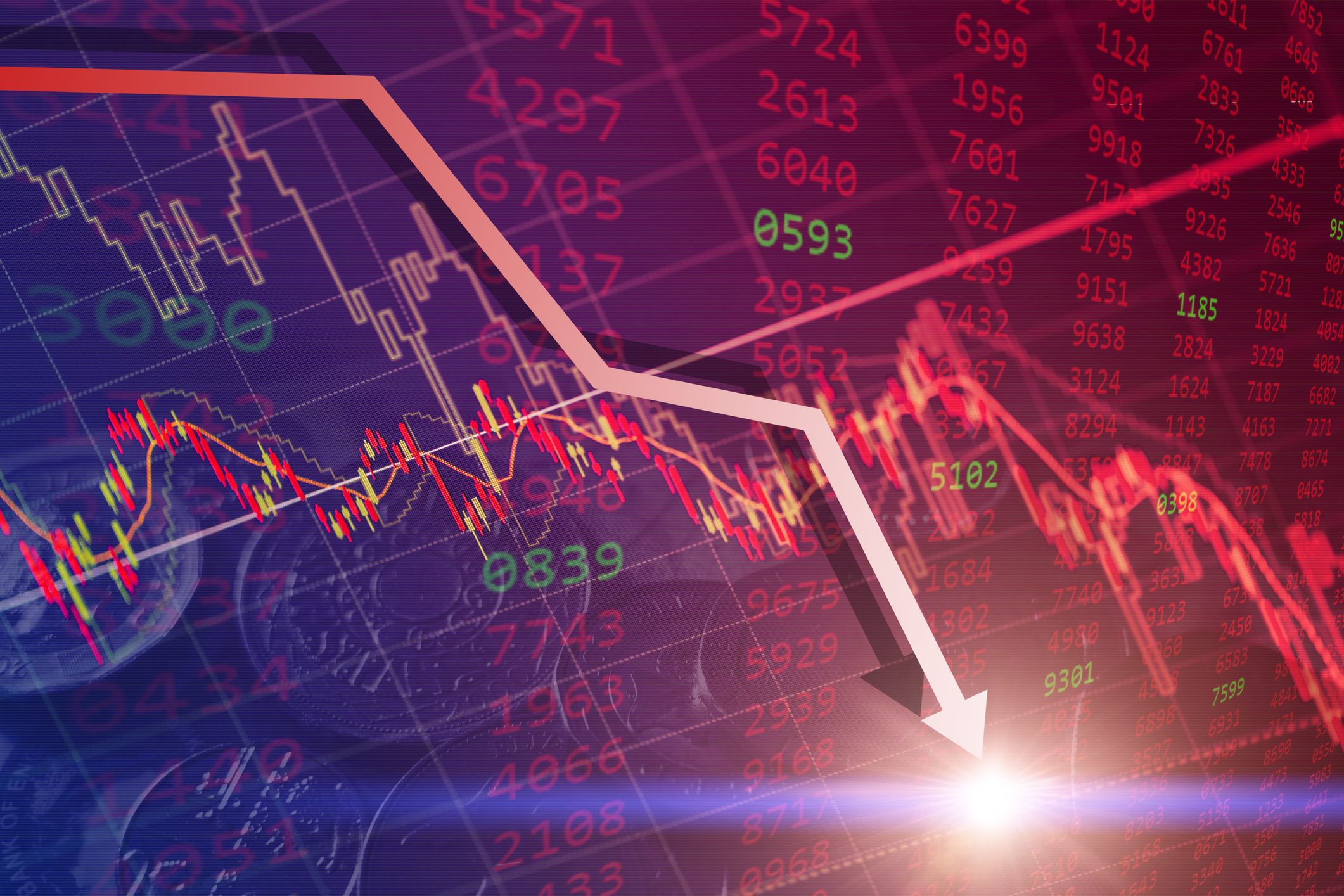 Nasdaq Sinks 418 Points as Tech Chills: Stock Market Today
Nasdaq Sinks 418 Points as Tech Chills: Stock Market TodayInvestors, traders and speculators are growing cooler to the AI revolution as winter approaches.
-
 Stocks Chop as the Unemployment Rate Jumps: Stock Market Today
Stocks Chop as the Unemployment Rate Jumps: Stock Market TodayNovember job growth was stronger than expected, but sharp losses in October and a rising unemployment rate are worrying market participants.
-
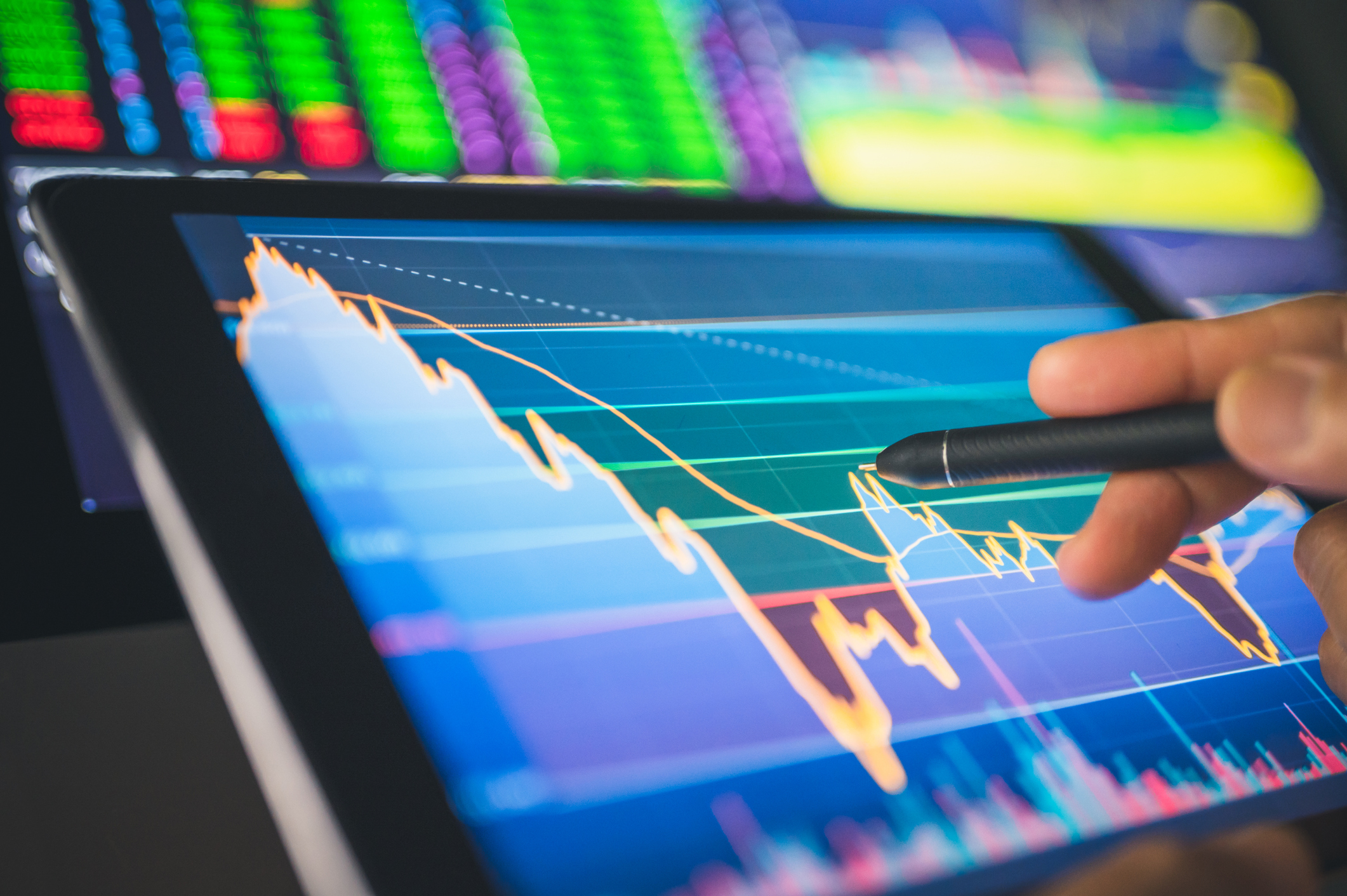 Stocks Struggle Ahead of November Jobs Report: Stock Market Today
Stocks Struggle Ahead of November Jobs Report: Stock Market TodayOracle and Broadcom continued to fall, while market participants looked ahead to Tuesday's jobs report.
-
 AI Stocks Lead Nasdaq's 398-Point Nosedive: Stock Market Today
AI Stocks Lead Nasdaq's 398-Point Nosedive: Stock Market TodayThe major stock market indexes do not yet reflect the bullish tendencies of sector rotation and broadening participation.